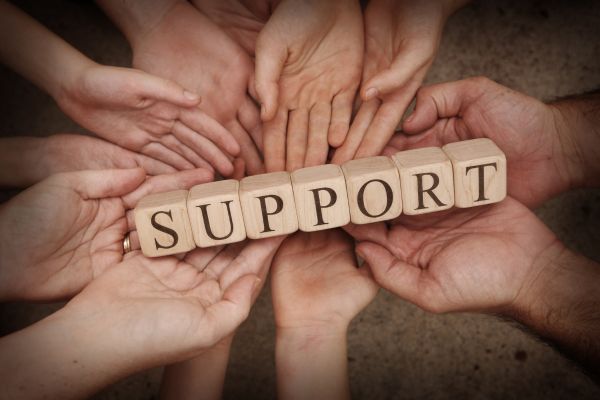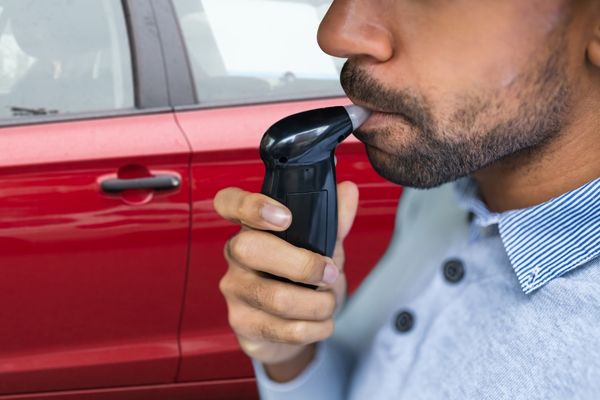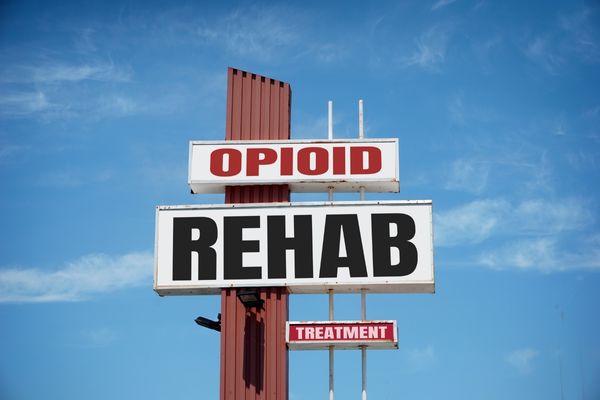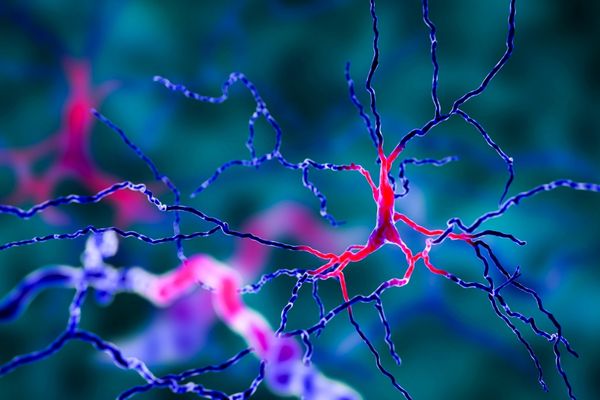When a loved one struggles with substance abuse, you may feel like you can do nothing but watch. And even if you are involved with their recovery, knowing how to help without feeling overwhelmed can be challenging.
But you don’t have to go through this alone. Fortunately, support groups exist for this very reason: to guide you and provide coping mechanisms to help you through this difficult situation.
What is a Support Group for Families of Addicts?
Support groups for families of addicts are groups of people who come together to share their experiences, strength, and hope with each other in a supportive and non-judgmental environment. Usually, these groups are made up of family members and loved ones affected by someone else’s addiction, whether it’s a spouse, parent, child, or another family member.
These support groups aim to help family members cope with the challenges of living with an addicted loved one. They provide a safe space to express their feelings, fears, and concerns without fear of being judged or misunderstood.
Support groups for families of addicts can take many forms, such as 12-step programs like Al-Anon, Nar-Anon, and Families Anonymous, or non-12-step programs like SMART Recovery Family & Friends.
Benefits for Family Members
There are several benefits of attending support groups for families of addicts, including:
- Emotional support: One of the main benefits of attending support groups is receiving emotional support from people who understand what you’re going through. Being able to share your feelings with others who have been in similar situations can be incredibly validating and can help you feel less alone.
- Coping strategies: Support groups can provide practical advice and coping strategies for dealing with addiction challenges. Members often share what has worked for them and offer suggestions for managing difficult situations.
- Education: Support groups can provide education about addiction, including the science of addiction, the different types of treatment available, and strategies for helping loved ones recover.
- Confidentiality: Support groups are designed to be a safe and confidential space for members to share their experiences. This allows people to speak freely without fear of judgment or reprisal.
- Hope: Attending support groups can provide a sense of hope and optimism. Seeing others who have been through similar situations and come out on the other side can be incredibly inspiring and give you the strength to keep going.
Overall, support groups for families of addicts can be a valuable source of emotional support, practical advice, and hope for those dealing with the challenges of addiction. If you are struggling with the effects of a loved one’s addiction, attending a support group can be a positive step toward healing and recovery.
How to Find a Support Group for Families of Addicts?
If you’re looking for a support group for families of addicts, several options are available.
Online Support Groups
Online support groups can be a convenient option for those who may not have access to in-person meetings or prefer an online group’s anonymity. Some popular online support groups for families of addicts include:
- Herren Project: A free online community led by licensed clinicians for family members and loved ones affected by drug or alcohol addiction.
- Allies in Recovery: This online community provides tools and resources to help family members of addicts navigate the recovery process.
- SMART Recovery Family & Friends: This online support group uses a non-12-step approach to addiction recovery and offers resources and support for family members.
In-Person Support Groups
In-person support groups can be a great way to connect with others face-to-face and build a local support network. Here are some ways to find in-person support groups for families of addicts:
- Check with local hospitals or treatment centers: Many hospitals and treatment centers offer support groups for families of addicts.
- Check with local community centers or churches: Some community centers or churches may host support groups for families of addicts.
- Attend a 12-step program meeting: Programs like Al-Anon, Nar-Anon, and Families Anonymous offer support groups for families of addicts that follow a 12-step approach.
Support Groups for Specific Addictions
If you’re looking for a support group that focuses on a specific addiction, there are several options available. Here are some examples:
- Al-Anon: This is a 12-step program for family members of alcoholics.
- Nar-Anon: This is a 12-step program for family members of drug addicts.
- Co-Dependents Anonymous: This is a 12-step program for people who are in relationships with addicts or who have a history of codependency.
Overall, there are many resources available for families of addicts who are seeking support. Whether you prefer online or in-person meetings, there is a support group out there that can help you navigate the challenges of addiction and recovery.
Tips for Participating in a Support Group
Attending a support group can be a valuable source of support and healing for families of addicts. Here are some tips for finding and participating in a support group:
- Research different options: Take some time to research different support groups in your area or online. Look for groups that align with your needs and values, and read reviews or testimonials from other members.
- Attend a few meetings: Before committing to a support group, attend a few meetings to understand the group’s dynamics and whether it’s a good fit for you.
- Be open-minded: It’s essential to approach support groups with an open mind and a willingness to learn and grow. Be open to different perspectives and approaches to recovery.
- Participate actively: Participating in support group meetings can help you get the most out of the experience. Share your experiences, listen to others, and offer support and encouragement to fellow members.
- Respect confidentiality: Confidentiality is a cornerstone of support groups, and it’s essential to respect the privacy of fellow members. Avoid sharing personal information outside the group, and refrain from gossip or judgment.
- Practice self-care: Attending a support group can be emotionally taxing, so self-care is important before and after meetings. Take care of yourself by getting enough rest, eating well, and engaging in activities that bring you joy.
- Seek additional support if needed: While support groups can be valuable, they may not be enough to meet all of your needs. Don’t hesitate to seek additional support from a therapist, counselor, or other professional if you need more help.
The Importance of Seeking Support
Unfortunately, research suggests that only a minority of families of addicts attend support groups, despite their potential benefits for emotional support, coping strategies, and family functioning. A study found that 29.3% of family members of individuals with addiction had attended a support group in the past year. A survey found that only 23% of individuals seeking substance use disorder treatment had family members participating in a support group.
If you’re looking for a support group, consider checking with local hospitals or treatment centers, community centers or churches, or 12-step programs like Al-Anon, Nar-Anon, or Families Anonymous. You can also search for online support groups through organizations like SMART Recovery Family & Friends. Or reach out to a rehab center near you for support and guidance.









